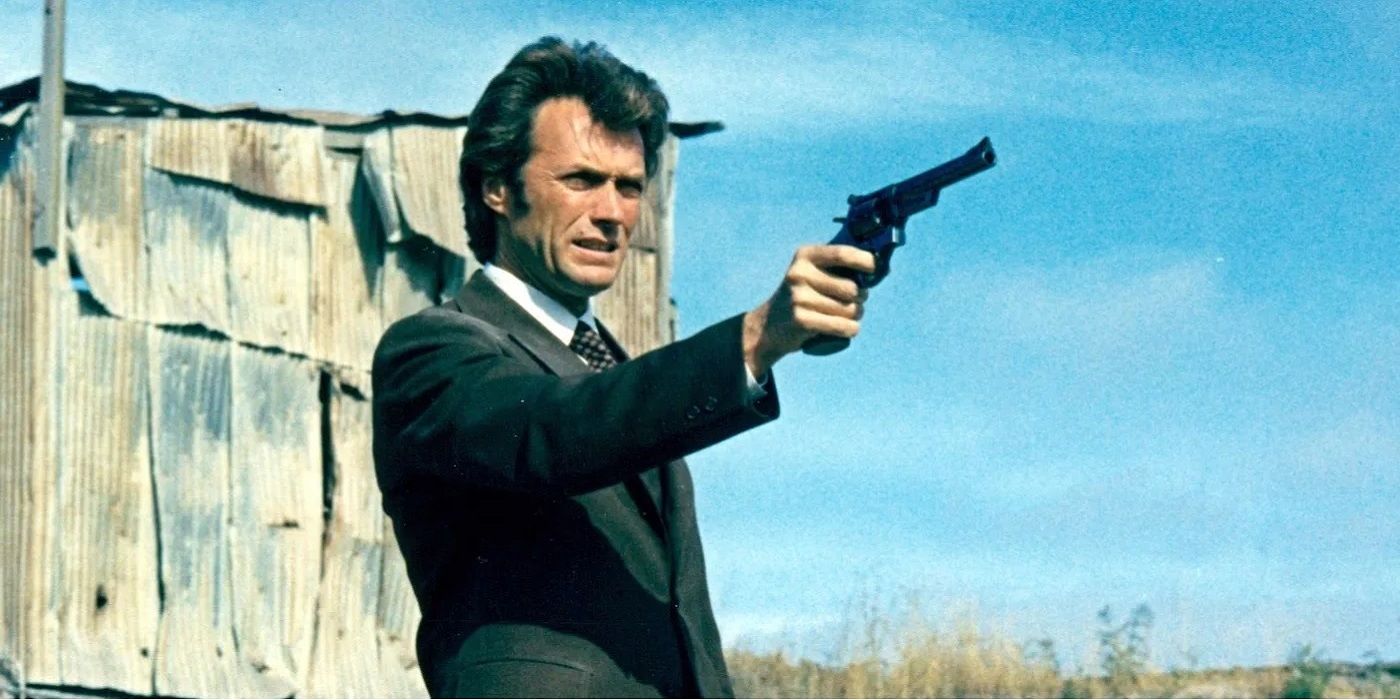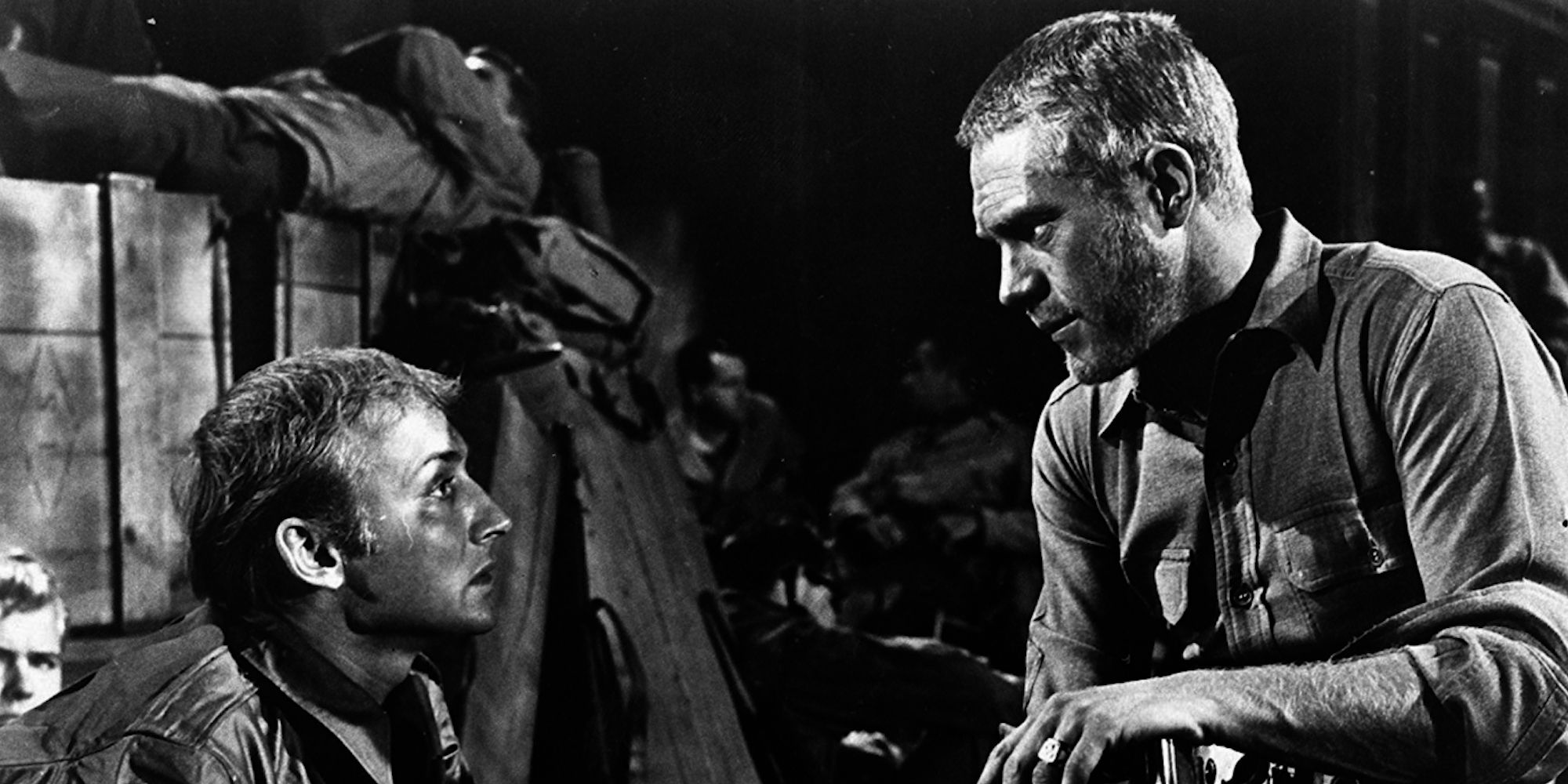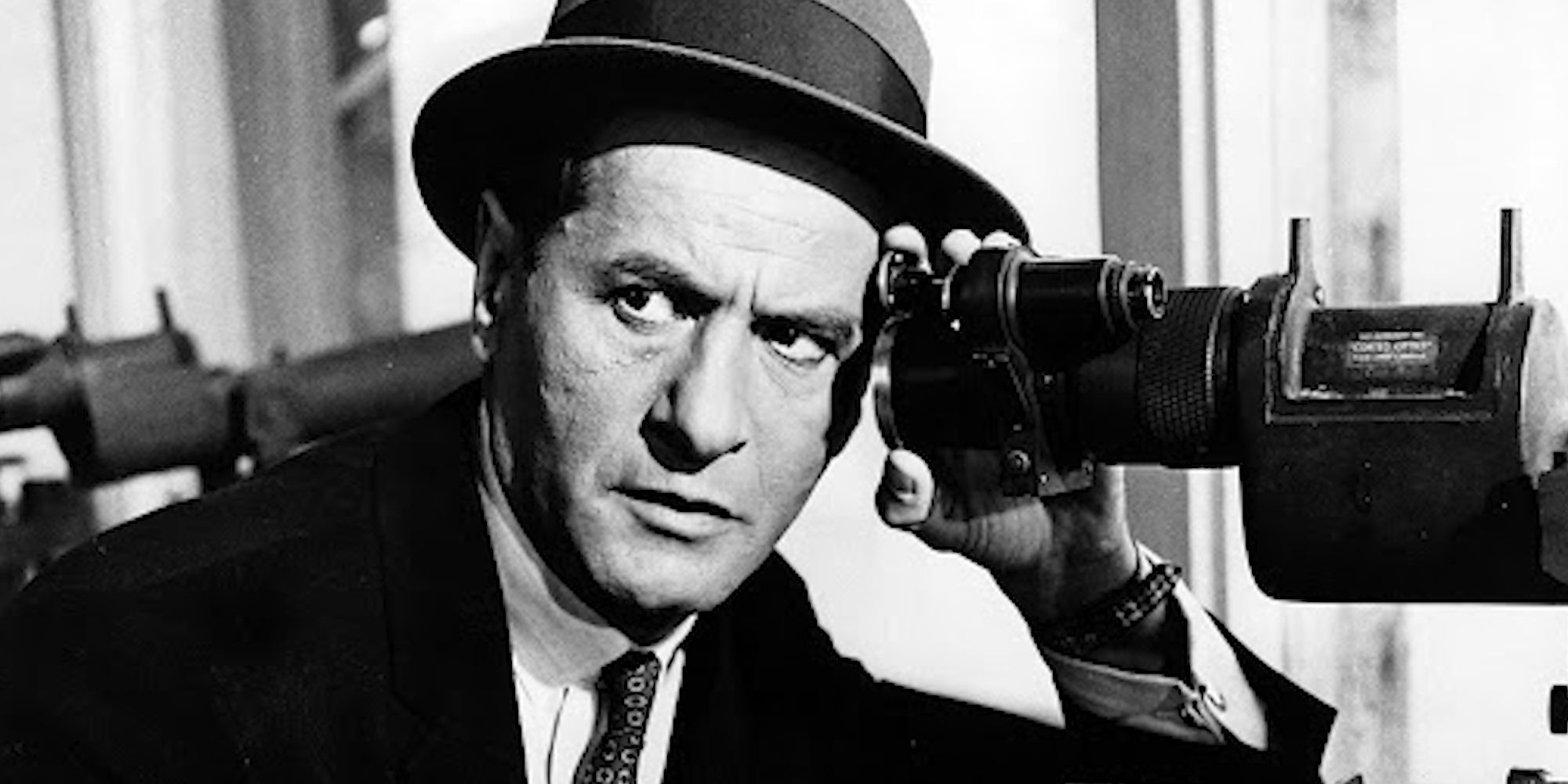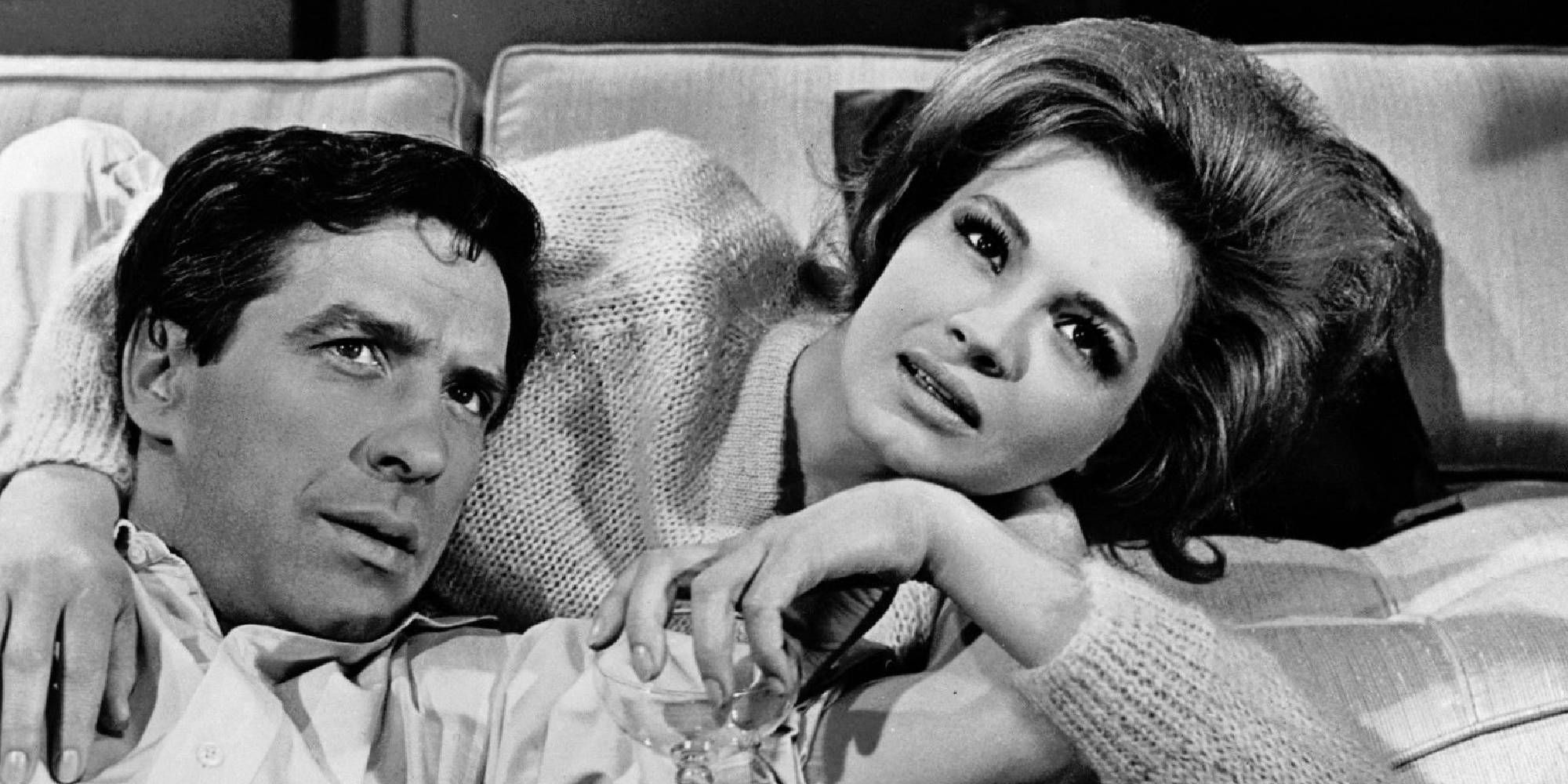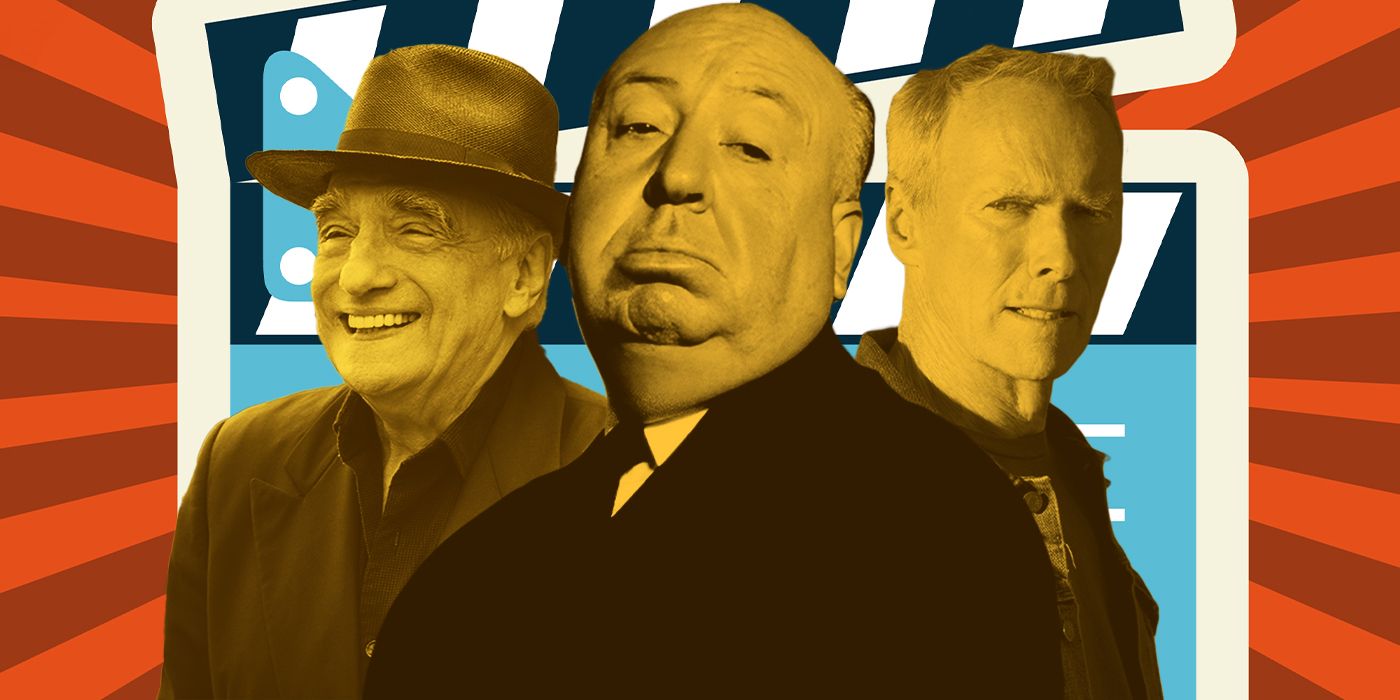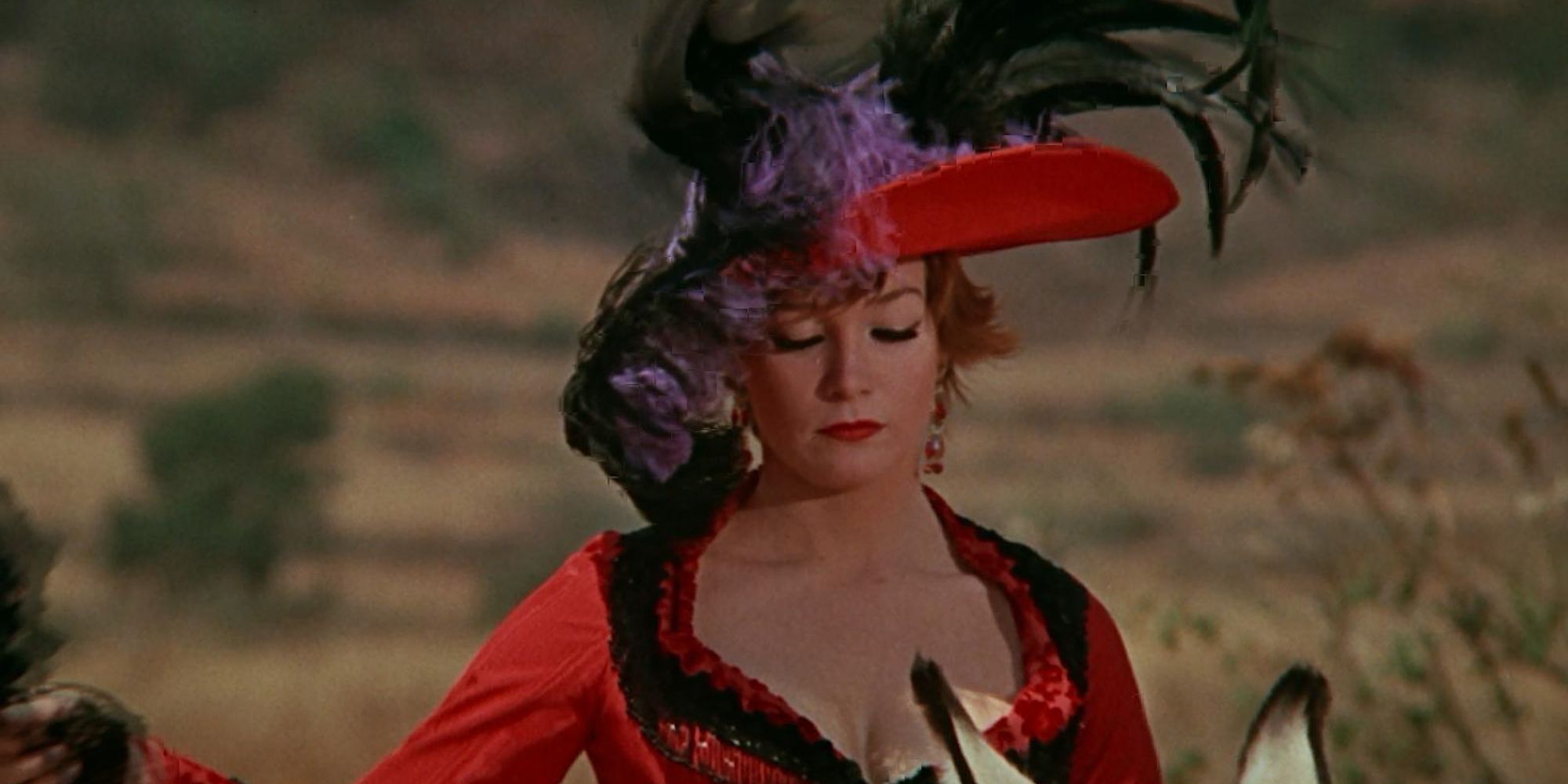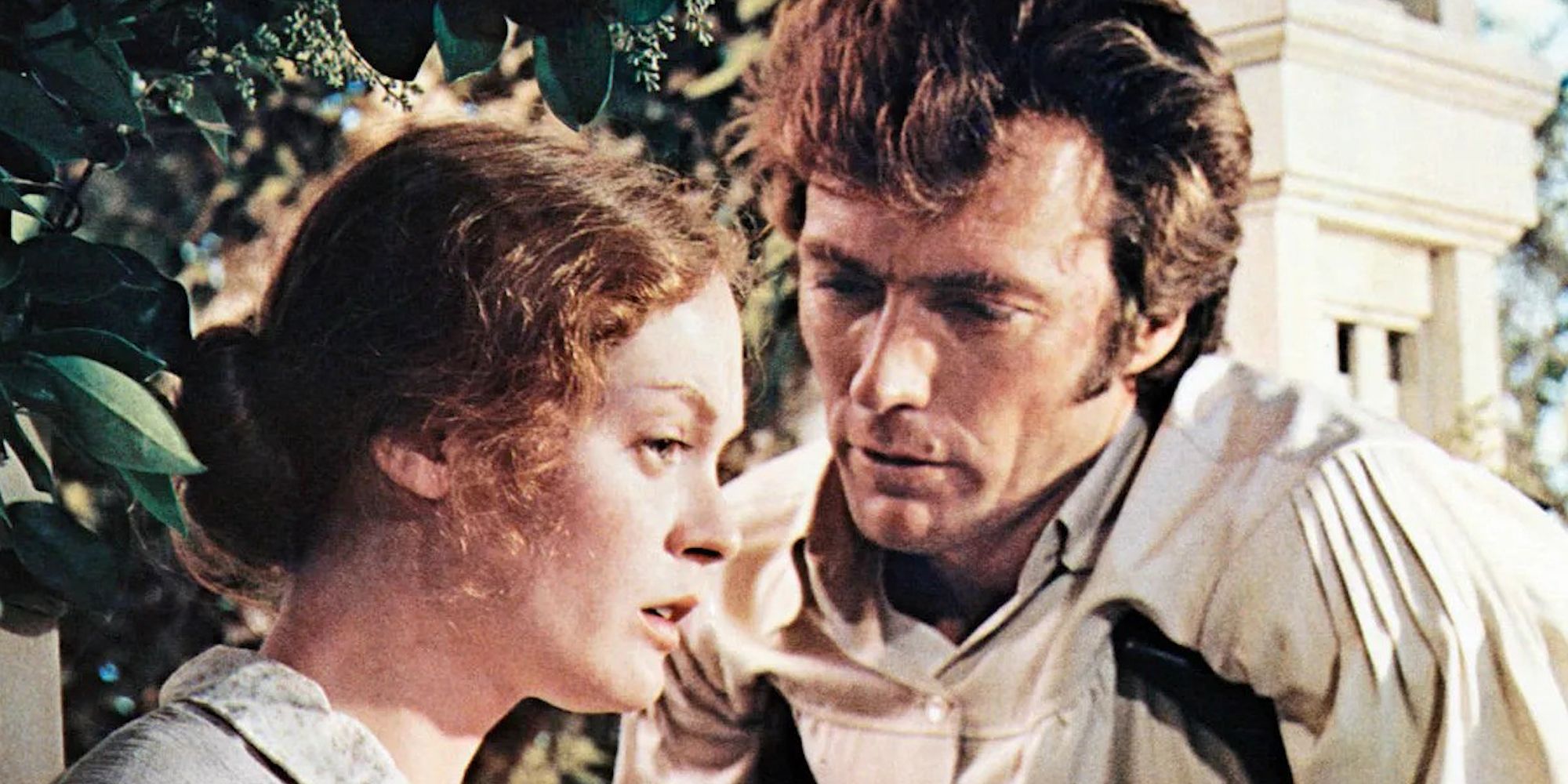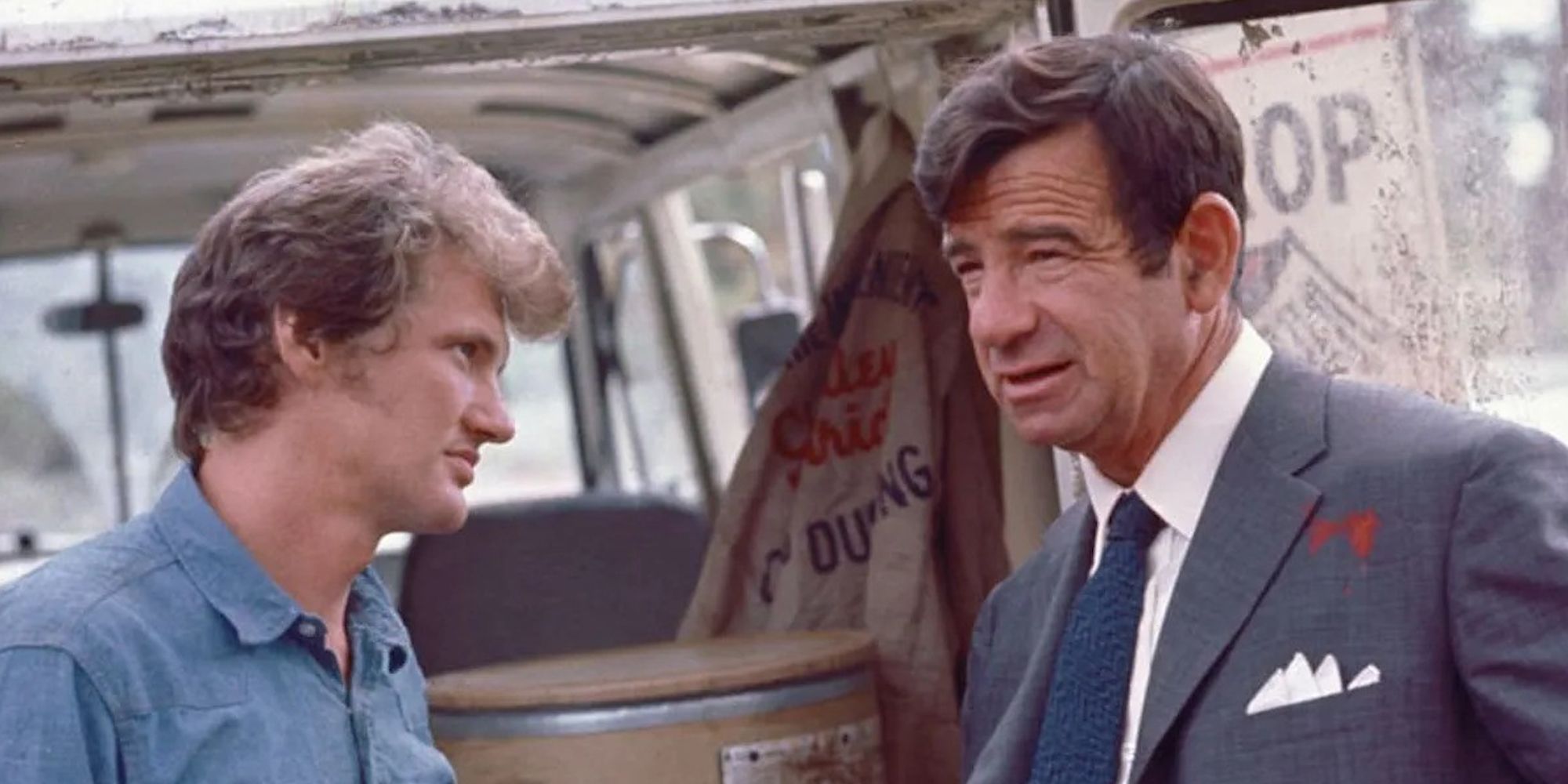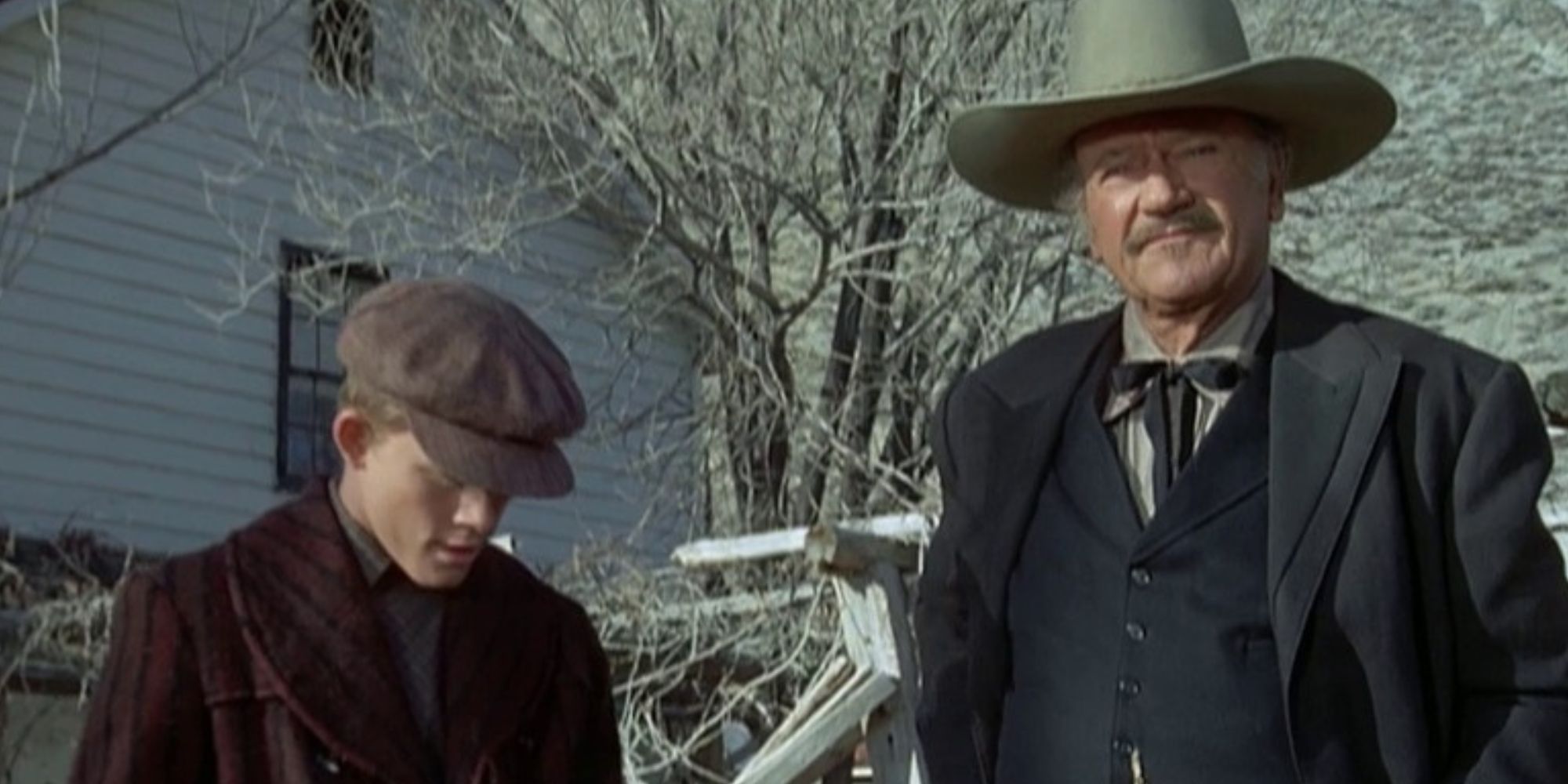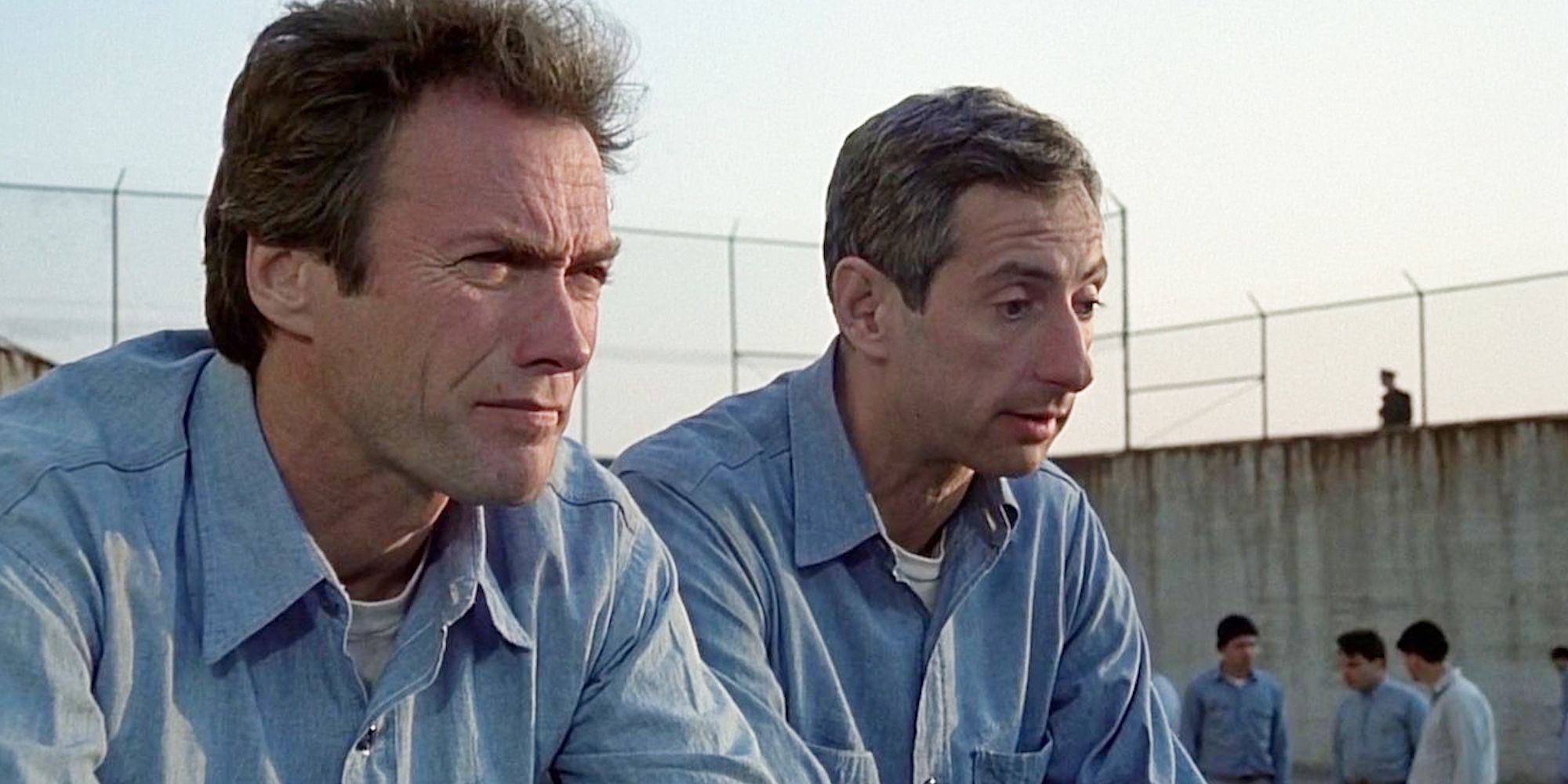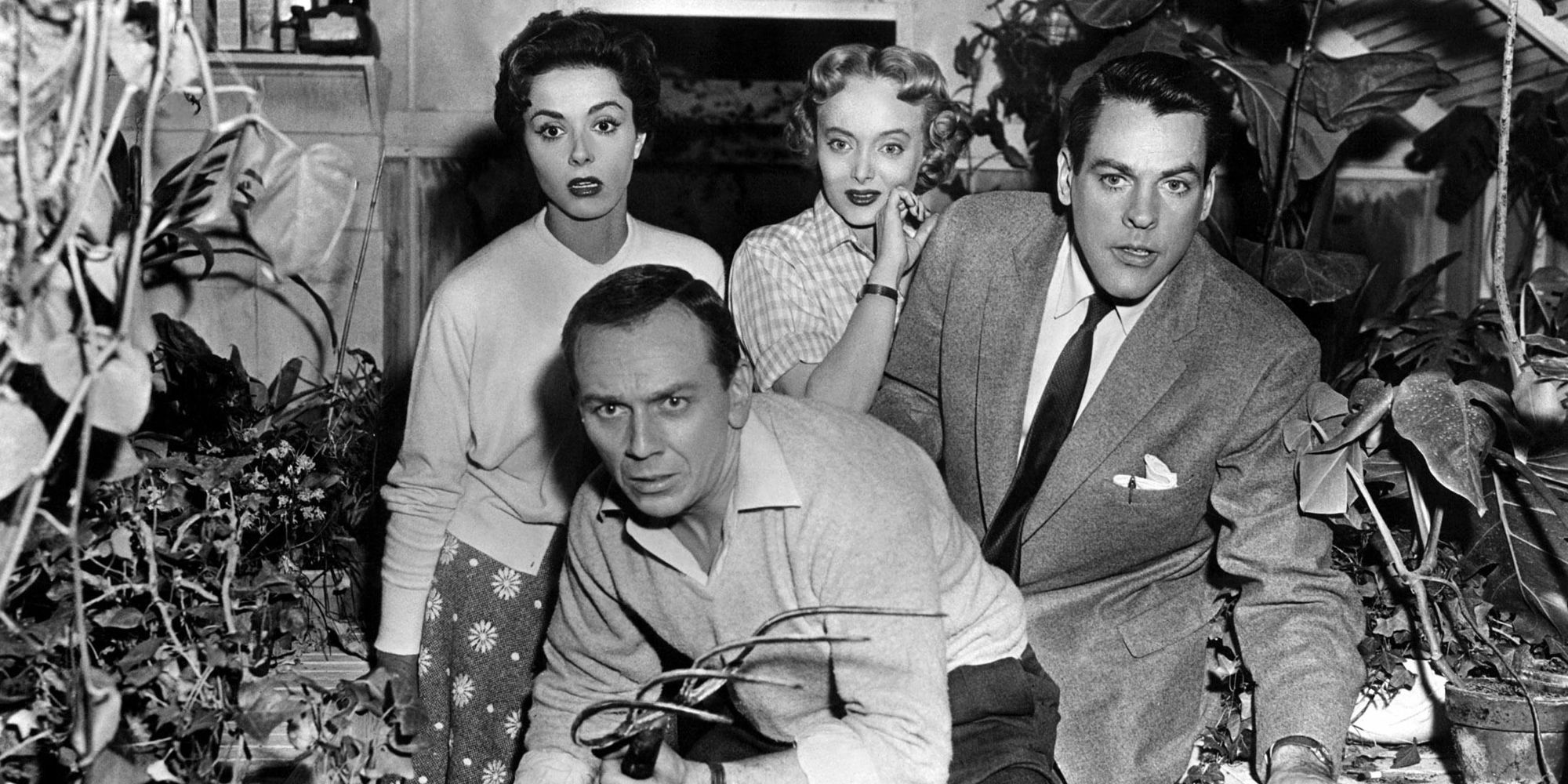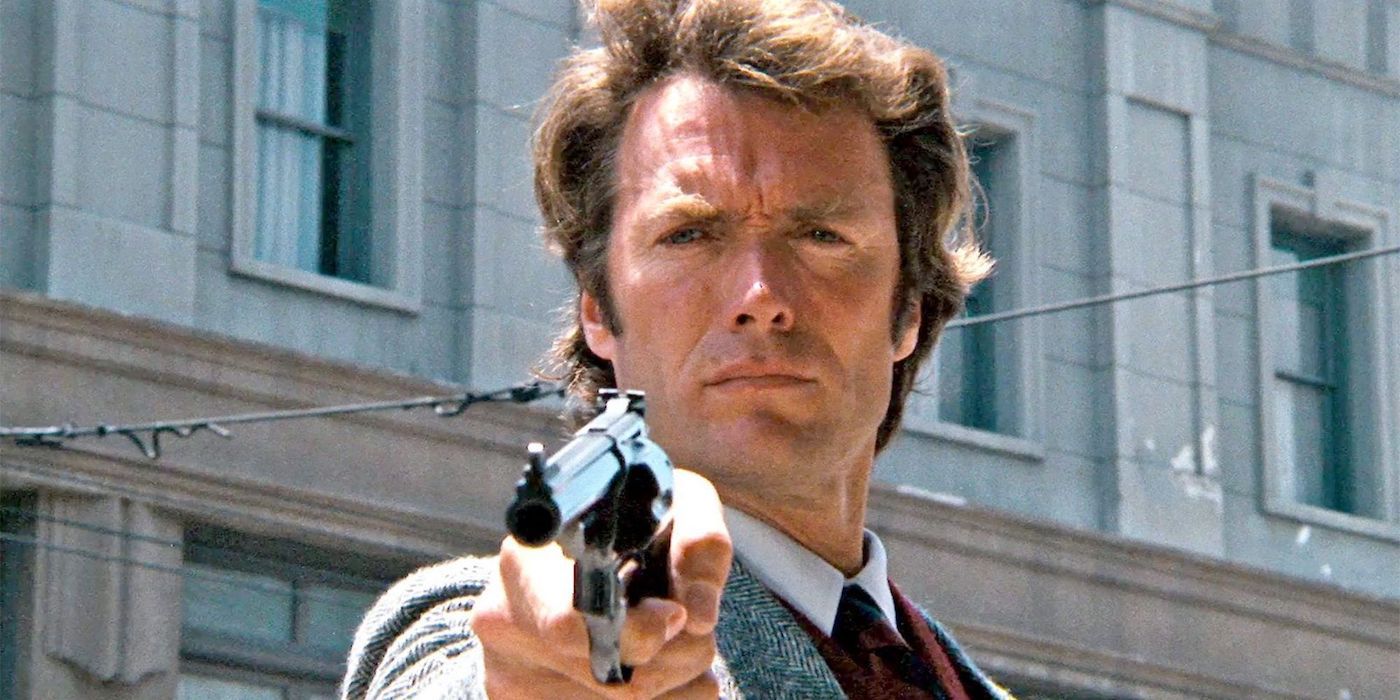Don Siegel, active between the 1940s and early '80s, was a versatile, hard-hitting director known for his tough, bleak narratives, often involving cynical loners with their own moral codes. In this regard, he was something of a mentor to Sam Peckinpah, who shared his cynical filmic sensibility. Siegel specialized in action, Westerns, and crime films but was a true journeyman director, taking on any project the studios assigned to him.
He even tried his hand at romantic comedy (No Time For Flowers, Hound-Dog Man) and sci-fi (Invasion of the Body Snatchers), knocking the latter utterly out of the park. Siegel may be especially well-known now for his five collaborations with Clint Eastwood, including The Beguiled and Dirty Harry. All told, he made over 30 features, resulting in a dense and formidable body of work. These are the strongest of his movies, ranked.
10 'Hell is for Heroes'
Released: 1962
"Let us both drink to better times." Hell is for Heroes is a World War II movie focusing on a group of American soldiers stationed at the Siegfried Line during the waning days of the war. They are tasked with holding off the onslaught by the numerically superior German forces. Their resources and manpower rapidly dwindling, the men must face down overwhelming odds under the weary leadership of Sergeant Pike (Fess Parker). Steve McQueen has top billing as the violent, troubled loner, Private John Reese.
The tension stems from the impending German attack, with the troops trying all sorts of tricks to deceive the enemy into thinking their force is stronger than it really is. The movie is lean and mean, clocking in at just 90 minutes. While it doesn't quite rise to its full potential, it is at least more intriguing than the run-of-the-mill studio project the executives seemed to have had in mind. Siegel had a knack for taking mediocre scripts and premises and imbuing them with his own brutal storytelling style.
9 'The Lineup'
Released: 1958
"When you live outside the law, you have to eliminate dishonesty." With The Lineup, Siegel puts his own spin on police procedural formulas. Eli Wallach leads the cast as Dancer, a psychopathic gangster involved in a drug smuggling operation where heroin is planted on unsuspecting tourists. The story alternates between Dancer and his associate Julian (Robert Keith) and the police officers who are pursuing them, led by the relentless Lt. Guthrie (Warner Anderson).
While the plot may not be all that original, Siegel and cinematographer Hal Mohr capture it gorgeously. They craft an endless stream of meticulous framing, viewpoint shots, gorgeous San Francisco cityscapes, and effective use of locations. As a result, the film is a visual treat, going above and beyond what was required for a crime film of this kind. The highlight, however, is the delectably villainous Wallach, perhaps most well-known for his role as Tuco (the "Ugly") in The Good, the Bad and the Ugly.
8 The Killers (1964)
Based on a short story by Ernest Hemingway, The Killers features Lee Marvin and Clu Gulager as a pair of hitmen who arrive in a small town to assassinate Johnny North (John Cassavetes), a race car driver turned schoolteacher. To their surprise, North puts up no resistance, appearing resigned to his death. The hitmen are intrigued and begin digging into the situation. In the process, they uncover a deeper conspiracy.
The Killers is a twisty neo-noir, slowly feeding the viewer new pieces of information through flashbacks and multiple narrative threads. It's violent, intense, and deeply cynical, without a hero in sight. Such compromised characters are tricky to pull off but, with stars as talented as these, that's no problem. There are also several fantastic sequences, like the opening scenes where the hitmen pursue North, tracking him to a school for the visually impaired. They kill him in the open with people nearby, but there is no one to witness their deed.
7 'Two Mules for Sister Sara'
Released: 1970
"I don't mind killing 'em for ya, but I'll be damned if I'm gonna sweat over 'em." Two Mules for Sister Sara is a Western adventure that brings together the unlikely pairing of Clint Eastwood and Shirley MacLaine. Eastwood plays Hogan, a former soldier turned gun-for-hire who rescues the nun Sister Sara (MacLaine) from bandits. She is raising money for the Mexican rebels fighting the occupying French, and Hogan agrees to take her to the rebel camp. They quickly find themselves tangled up in the conflict, dodging hails of gunfire and explosions.
Over the journey, the characters slowly form a connection and learn that there may be more to one another than meets the eye. Notably, the score for the film was handled by legendary composer Ennio Morricone, and it's typically memorable. Interesting bit of trivia: Quentin Tarantino used two original pieces of music from Two Mules for Sister Sara in Django Unchained. The songs are "The Braying Mule" and "Sister Sara's Theme".
6 'The Beguiled'
Released: 1971
Before there was Sofia Coppola's version, Siegel directed this take on the Thomas P. Cullinan novel, with Eastwood, Geraldine Page, and Elizabeth Hartman in the lead roles. It's a Southern Gothic drama set during the Civil War. Eastwood is Corporal John McBurney, a wounded Union soldier who takes shelter in an all-girls boarding school in Virginia. Initially welcomed, McBurney's presence becomes a source of tension and rivalry among the isolated inhabitants.
John and the teacher Edwina (Hartman) begin an affair, which angers the headmistress Martha (Page), who also harbors feelings for John. The school quickly becomes a pressure cooker of neuroses and forbidden desire. As the relationships become increasingly dark and complex, Siegel delves into themes of sexuality and manipulation. The film succeeds because the characters are richly drawn and strikingly performed. As with The Killers, they are all flawed, complicated, and capable of awful acts. The revenge Martha takes on John, in particular, makes for a harrowing scene.
5 'Charley Varrick'
Released: 1973
Charley Varrick (Walter Matthau) is a crop duster pilot who hatches a scheme with his wife and two other men to rob a New Mexico bank. Only Charley and his associate Harman (Andy Robinson) make it out alive. They discover that they have stolen nearly a million dollars, although the bank tells journalists that only a few thousand were taken. Charley deduces that the bank was laundering cash for the mafia - meaning that they have, in fact, just robbed the mob.
Charley and Harman are now in way over their heads, pursued by law enforcement and the gangsters. The latter hires a sadistic hitman (Joe Don Baker) to hunt the two men down and make an example of them. Charley has to outsmart these fearsome opponents with the only tools he has: his ability as a pilot and his knowledge of explosives. Naturally, this all leads to an incendiary final showdown.
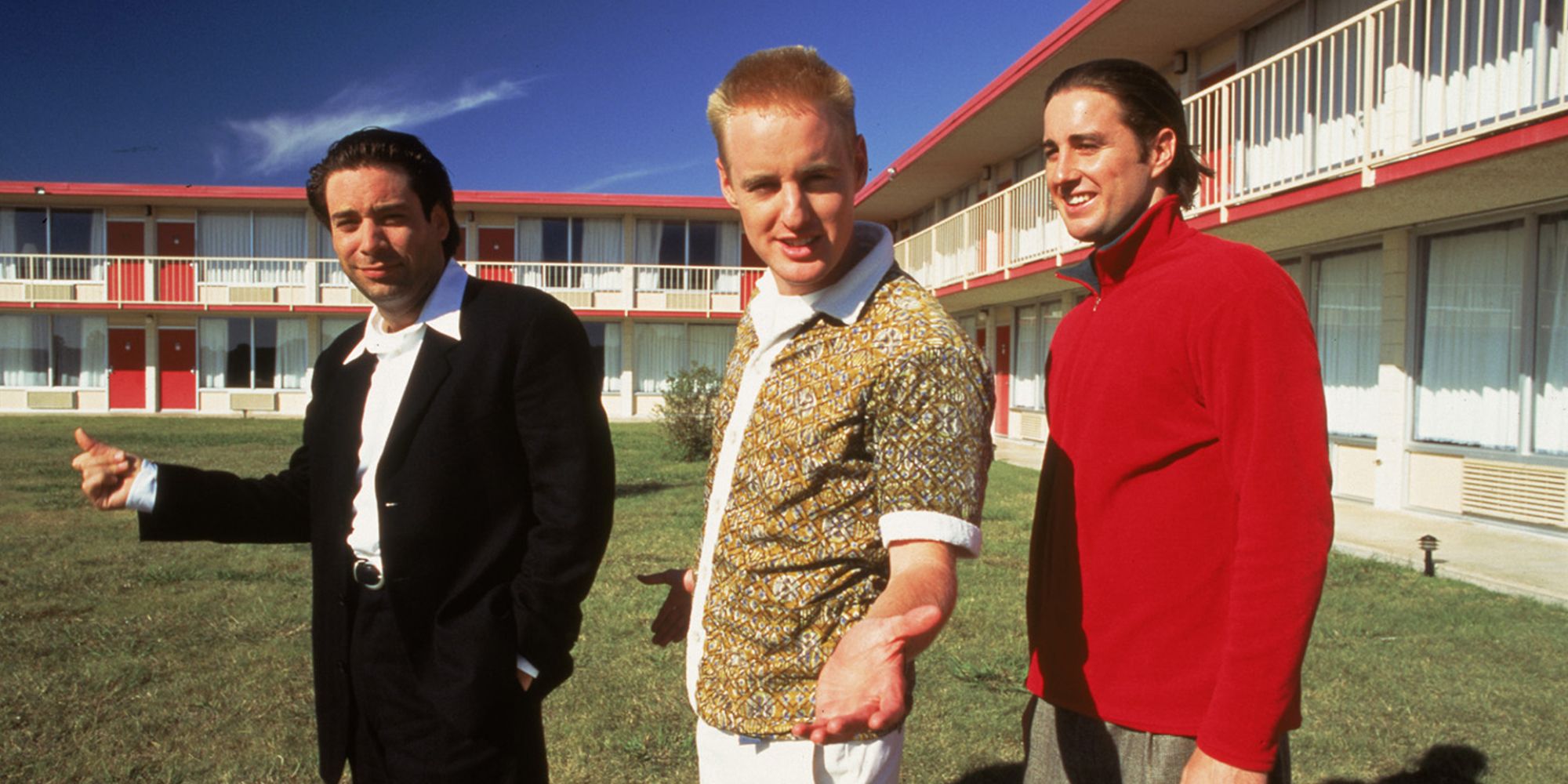
15 Best Underrated Films to Watch From Legendary Directors
Even the best directors make movies that fly under the radar!4 'The Shootist'
Released: 1976
"I'm a dying man, scared of the dark." The Shootist follows J.B. Books (John Wayne), an aging gunslinger who learns he is dying of cancer and decides to spend his last days in Carson City, Nevada. Despite his reputation as a feared gunman, Books now seeks solace and redemption, aiming to live out his remaining time in peace. He befriends a local widow (Lauren Bacall) and her son Gillom (Ron Howard), hoping for a period of quiet, but reluctantly finds himself drawn into violent confrontations with some of the more reprehensible locals.
The Shootist was Wayne's final film appearance before his death, adding to the movie's elegiac and poignant mood. However, Siegel being Siegel, it avoids all sentimentality, and this is the film's strength. The narrative may stumble at times but, overall, solid performances hold it all together. Although there are gunfights, the movie's best moments are simply reflective conversations between the main characters.
3 'Escape from Alcatraz'
Released: 1979
This gritty thriller dramatizes a real-life 1962 escape from the notorious Alcatraz Federal Penitentiary. Eastwood stars Frank Morris, a cunning inmate who becomes determined to break free from the supposedly inescapable prison. Alongside a small group of fellow prisoners, Morris meticulously plans every detail of their escape, seeking to exploit weaknesses in the prison's security and outsmart the guards at every turn. The question is if he can truly pull it all off.
Escape from Alcatraz works as an exercise in ever-ratcheting tension and a detailed portrait of life behind bars. Visually, it may be Siegel's most accomplished project. He uses the camera, rather than dialogue or exposition, to provide the audience with everything they need to know. Not to mention, the movie boasts an especially impressive opening sequence, which unfolds at a languid pace and almost entirely without dialogue. It shows Morris being marched off the ferry in the driving rain and introduced to his harsh new world in the prison.
2 'Invasion of the Body Snatchers'
Released: 1956
Invasion of the Body Snatchers is a classic sci-fi film, a landmark of 1950s cinema, and one of the most influential entries in the alien invasion subgenre. Set in the fictional town of Santa Mira, California, the story follows Dr. Miles Bennell (Kevin McCarthy), a psychiatrist who becomes alarmed when his patients report that their loved ones seem to have been replaced by emotionless duplicates. As Bennell investigates further, he discovers that extraterrestrial seed pods are replicating humans while they sleep, leaving behind eerie replicas devoid of any individuality.
As it becomes increasingly difficult to tell friend from foe, a mood of paranoia grips the town, threatening to spell their doom. Fundamentally, Invasion of the Body Snatchers is a well-told exploitation flick, serving up the thrills thick and fast. But it also packs a surprising amount of food for thought. For example, it has been interpreted both as a critique of McCarthyism and of conformity under Communist rule.
1 'Dirty Harry'
Released: 1971
"You've got to ask yourself one question: 'Do I feel lucky?' Well, do ya, punk?" One of its star's most iconic movies, Dirty Harry sees Eastwood playing San Francisco police inspector, Harry Callahan. Callahan tracks down a serial killer known as Scorpio (Andy Robinson), who terrorizes the city and demands a ransom for his next victim. As the body count rises and Scorpio taunts the police with his cryptic messages, Callahan becomes determined to bring the killer to justice, even if it means bending the rules.
With its realism, intense action sequences, and iconic one-liners, Dirty Harry practically created a cop subgenre unto itself. Indeed, Callahan is the quintessential loose-cannon cop. A string of sequels (and countless copycats) followed, but none can match the potency or cool of the original. This is Siegel firing on all cylinders, combining a heroic but morally questionable protagonist with a propulsive, action-packed story. The result is one of the strongest action movies of the 1970s.

